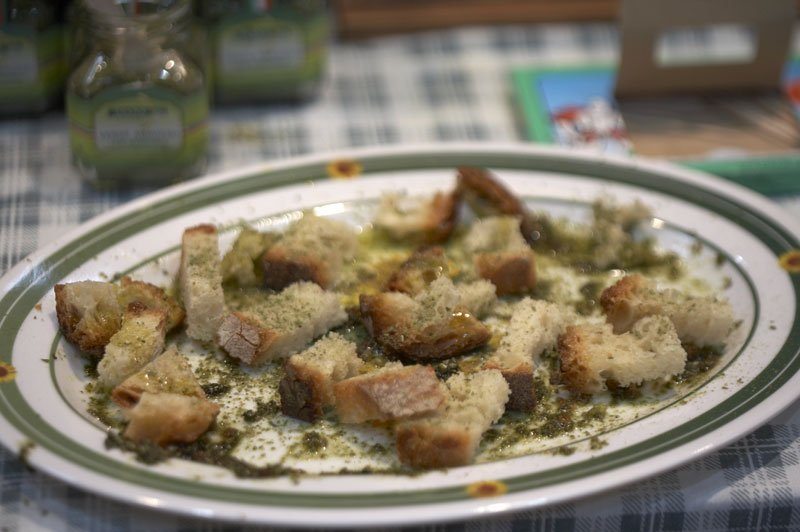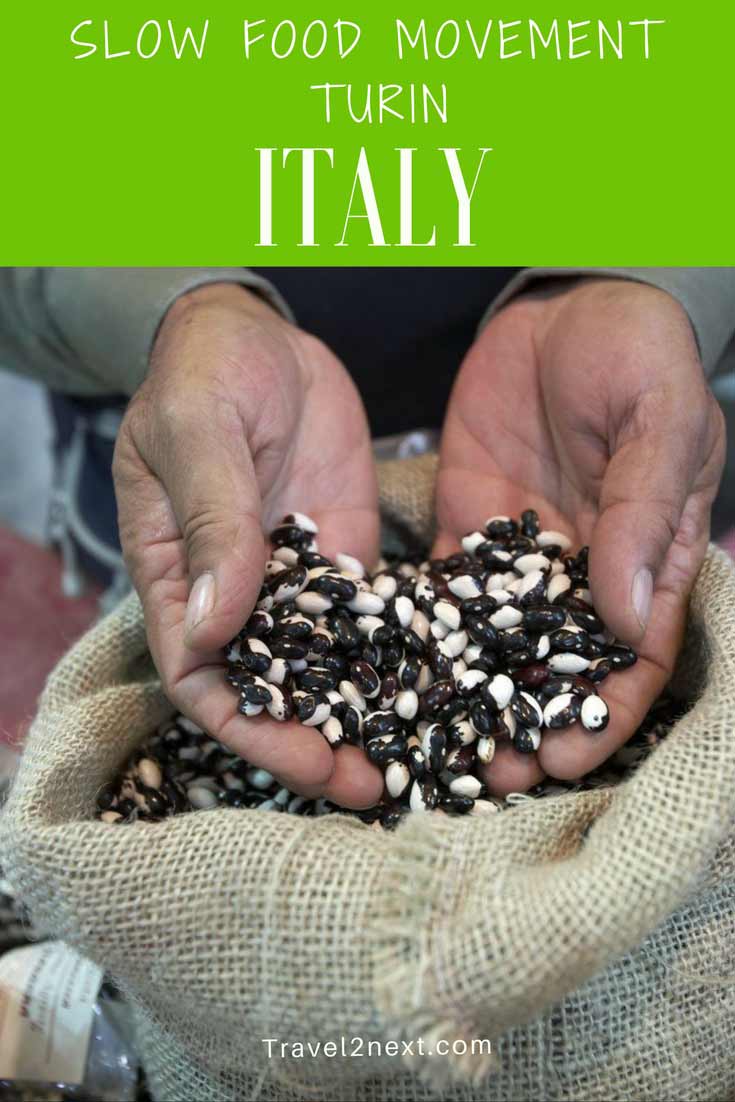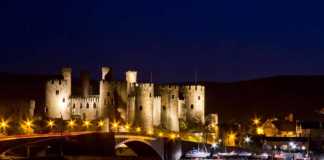Eating your way through the northern Italian province of Piedmont is one of life’s great pleasures. Aperitif, chocolate and coffee have long been a tradition in northern Italy. The province of Piedmont produces 36% of Italy’s chocolates, its capital Turin is home of the world-renown Lavazza coffee brand and of all the things to do in Turin, lingering over coffee in one of the city’s many historic cafes is a way of life. To that list, you can add vermouth, which was created in Turin in 1786, and grissini, the pencil-sized breadsticks invented by a local baker for the Duke of Savoy and Salone del Gusto.
As the first capital of Italy, Turin is a city full of impressive Italian landmarks such as palaces and squares. The soaring Mole Antonelliana, which dominates the city’s skyline, is home to the Museo Del Cinema Torino.
Contents
Turin Food Experiences
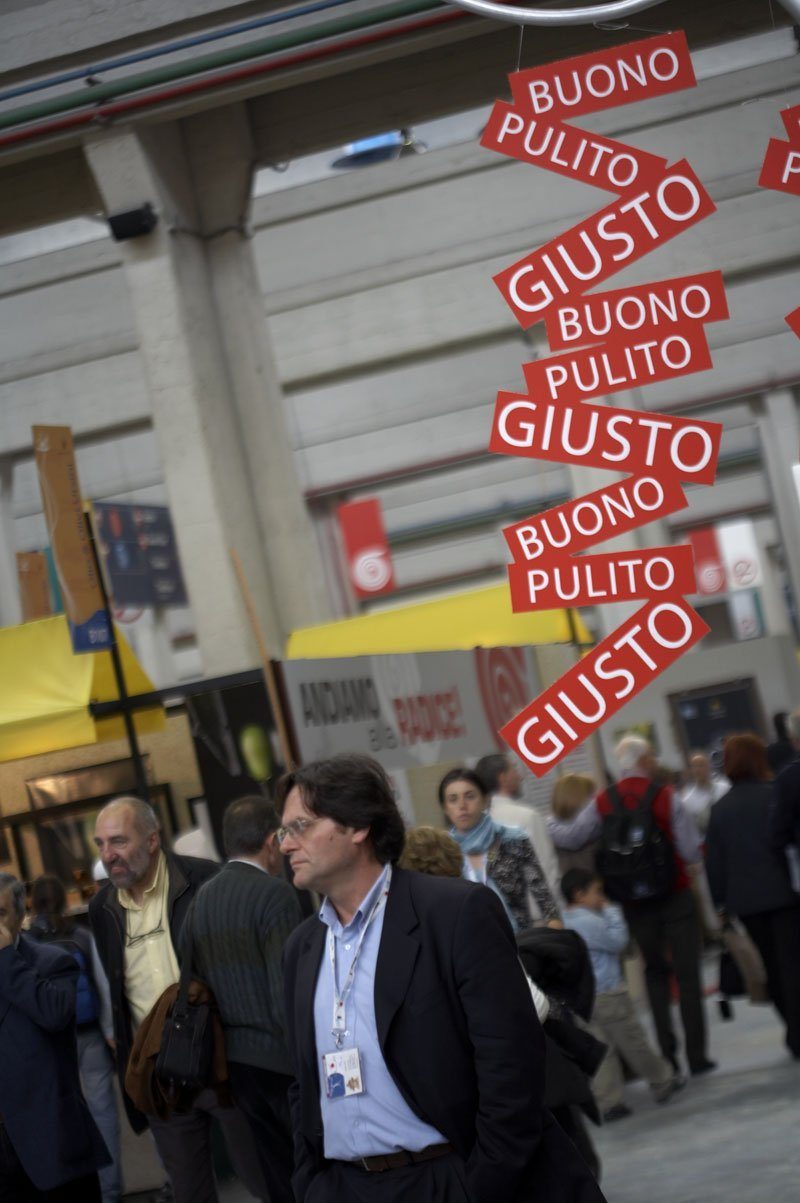
Like the cuisine of other northern Italian cities, such as Milan and Bologna (here’s what to do in Bologna), the flavours of Piedmont pleasing to the palette.
Also read 15 Things To Do In Rome At Night.
Salone del Gusto
But there’s much more than just historic food traditions in northern Italy.
Every two years, Turin hosts one of the world’s largest gastronomic festivals, Salone del Gusto.
The festival is a showpiece for the Slow Food movement, an association founded by Carlo Petrini, who campaigned against fast-food chain McDonald’s opening near the Spanish Steps in Rome in 1986.
Petrini, a Piedmont lad born in Bra near Alba, invented the term “eco-gastronomy”.
Today Slow Food has 100,000 members with offices in Italy, Germany, Switzerland, USA, France, Japan, UK, Netherlands, Australia and supporters in 132 countries.
The philosophy is not just about taking more time to prepare and eat good food.
It highlights where food comes from and how it’s produced and supports local food producers who utilise environmentally friendly agricultural methods.
This is one of the key events that puts Turin up there with the best food cities in Italy.
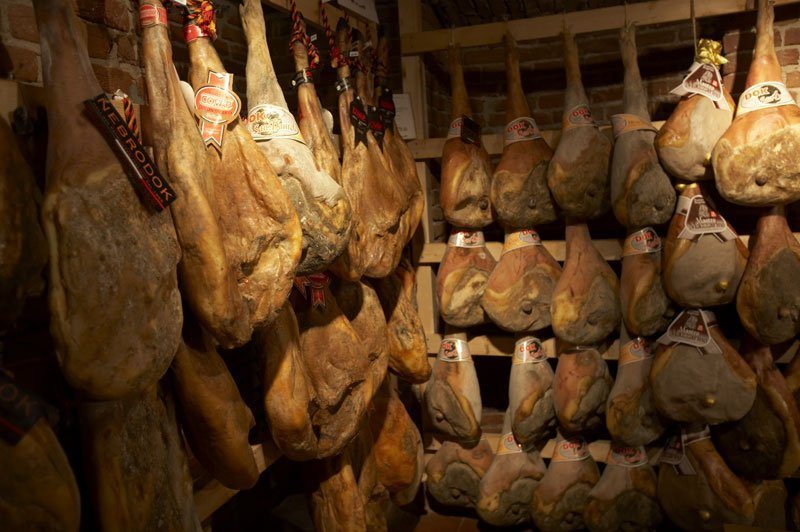
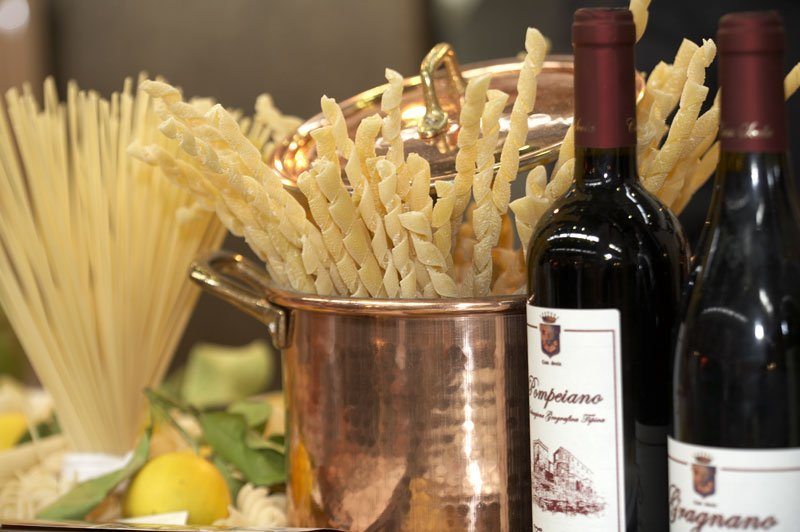
At the Lingotto Fiere exhibition centre, which was once the main Fiat factory, I elbow my way through the crowd to taste handmade pasta, prosciutto, sweet honey, chocolates and preserves.
Halls are packed with producers who ascribe to the Slow Food mantra: good, clean and fair; in other words, good food produced in ways that don’t harm the planet and don’t exploit workers.
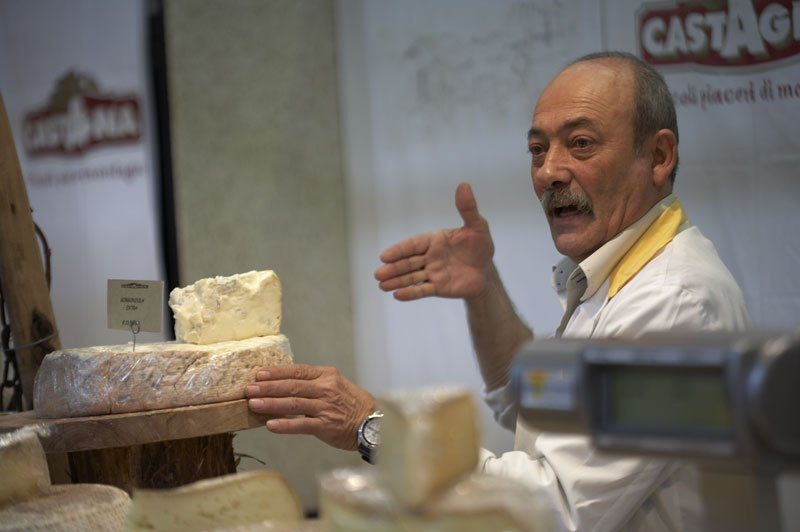
I sniff organic spices and nibble on countless varieties of Italian cheeses, including the pungent and crumbly Castelmagno cheese that Piedmont cheesemakers have been making since the 12th century.
I discover new varieties of pasta such as the multicoloured candy-striped Marella pasta made with natural colouring and tajarin, the egg yolk staple of the nearby Langhe province.
Activities include masterclasses, cooking workshops, chef demonstrations and panel discussions with Slow Food experts from around the world.
It’s an event worth marking down on your calendar as it’s definitely a food festival worth visiting.
A trip around Piedmont offers an appetizing introduction to restaurants and food producers who support good, clean and fair cuisine.
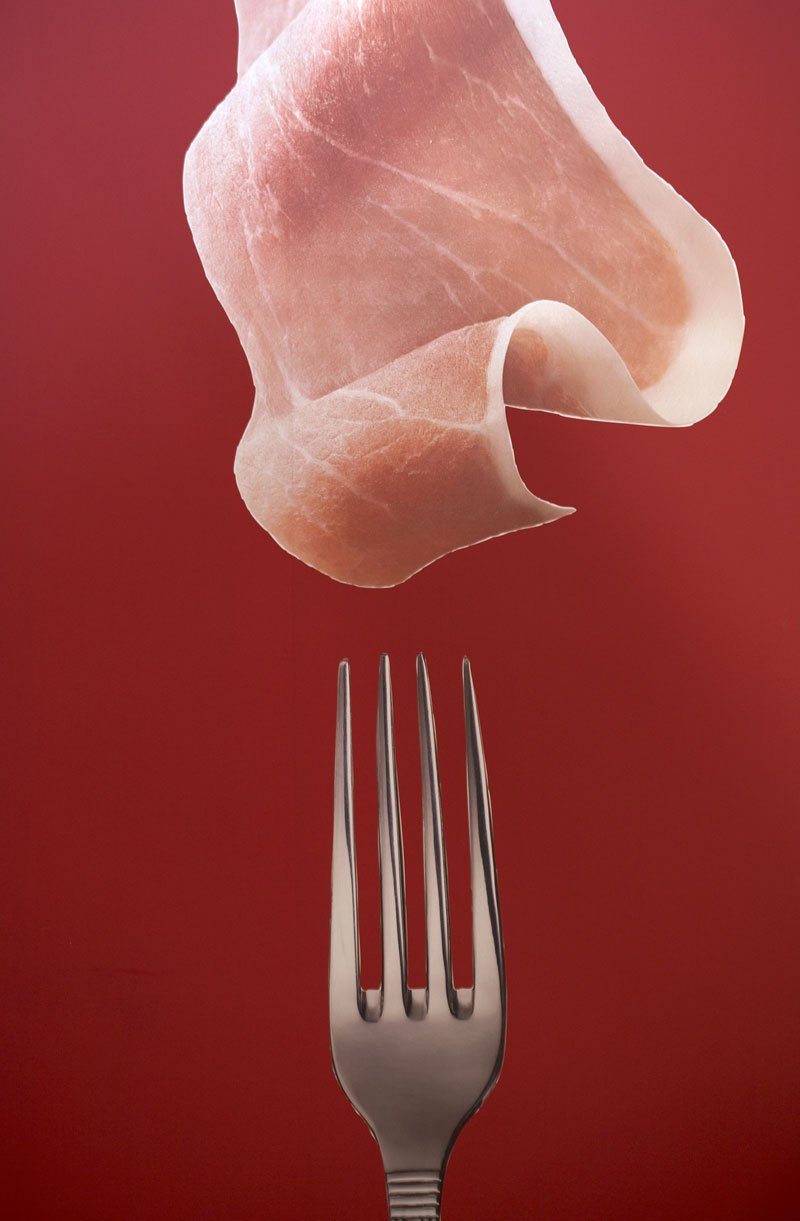
Chocolate in Turin
At Eataly, an enormous 11,000 square-metre emporium packed with Italian produce, I wander among aisles of Barolo vinegar, extra virgin olive oils and fresh vegetables.
It’s a massive grocery store where you can buy, taste and learn about Italian food and beverages.
Join regular themed educational sessions, food courses and cooking schools.
It’s located in the former Carpano vermouth factory where on the second floor is a museum displaying the history of vermouth.
Turin’s signature chocolate is giandujotto, a foil-wrapped mini-ingot flavoured with roasted hazelnuts. It tastes like Nutella, which also comes from Piedmont.
I head to the showroom and factory of local chocolate king Guido Gobino.
Here, I treat my taste buds to saffron-filled pralines with extra bitter Venezuelan cocoa and varieties of melt-in-your-mouth giandujotto (milkless and with Arabic coffee, all made using expensive Piedmont hazelnuts).
There are extra bitter ginger pralines and cremini, hazelnut pralines perfumed with citrus fruits.
Many of the chocolates displayed in the showroom are boxed like designer fragrances.
In northern Italy, chocolate is not merely a sweet but used traditionally to flavour meat, pasta dough and sauces.
One of the most popular uses of chocolate is in bicerin, a layered hot-chocolate-and-espresso concoction served in glass cups in the city’s grand historic cafes where intellectuals and politicians have gathered since 1763.
Turin’s restaurants and cafes
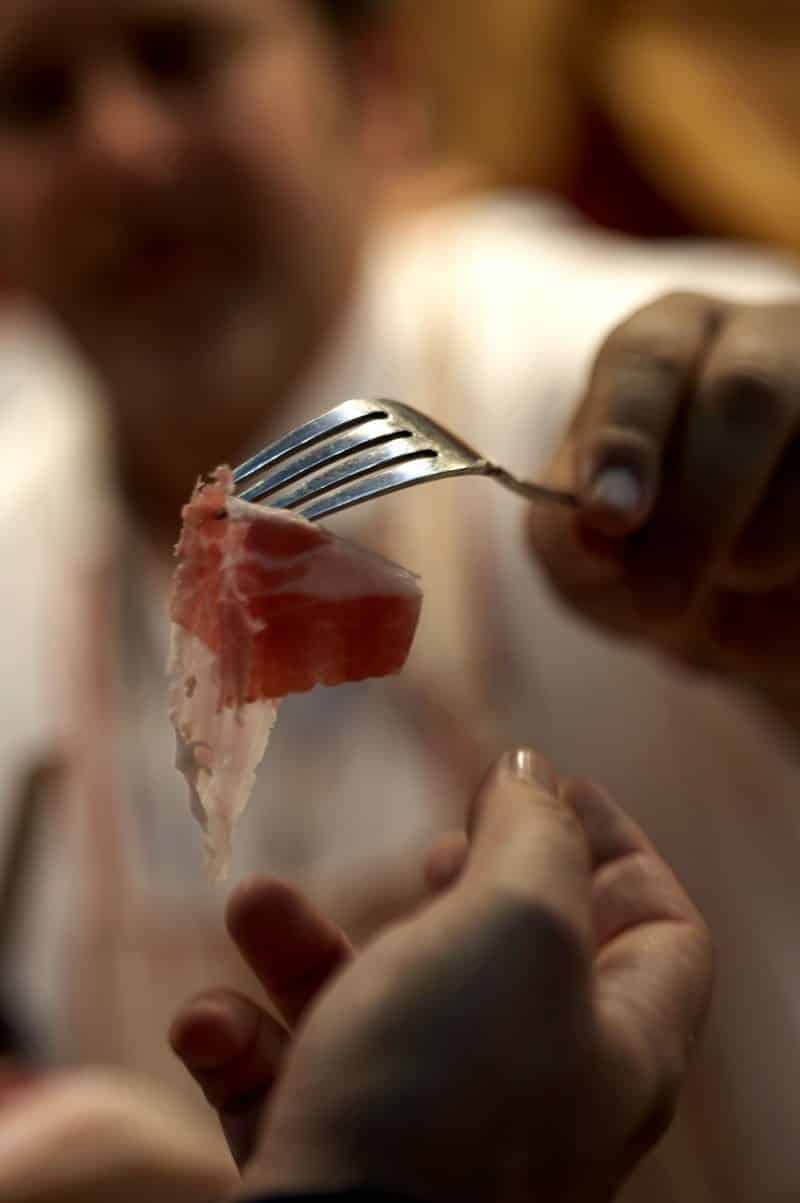
I stop for lunch at Caffe San Carlo, a historic hangout of political activists in the 19th-century and where French novelist Alexander Dumas tasted his first bicerin.
Later, a short walk beneath soaring porticos takes me to Cafe Mulassano, a cosy cafe in piazza Castello festooned with sumptuous onyx from Piedmont, green marble from the Alps and gold-painted ornamental woodwork.
Finally, I settle into an upholstered leather chair in the mahogany-lined Baratti & Milano watching the world go by with a glass of bicerin.
Along with historic cafes, there are osterias, trattorias and ristorantes. Vitello tonnato (cold sliced veal in tuna sauce), polenta, risotto and cheese fondue feature heavily on menus.
In the past, ristorantes offered formal dining with a wine list and white tablecloths, a trattoria was more casual and an osteria was a gathering place that served wine and basic food.
These days, those lines are less clear.
I dine at L’Osto del Borgh Vej, where every seat in the house is occupied and the waiters are run off their feet.
At L’Osteria del Paluch on Monte dei Cappuccini overlooking Turin, Chef Marina Ramasso cooks from an impressive collection of 19th-century handwritten recipes and only chooses seasonal produce from farm doors.
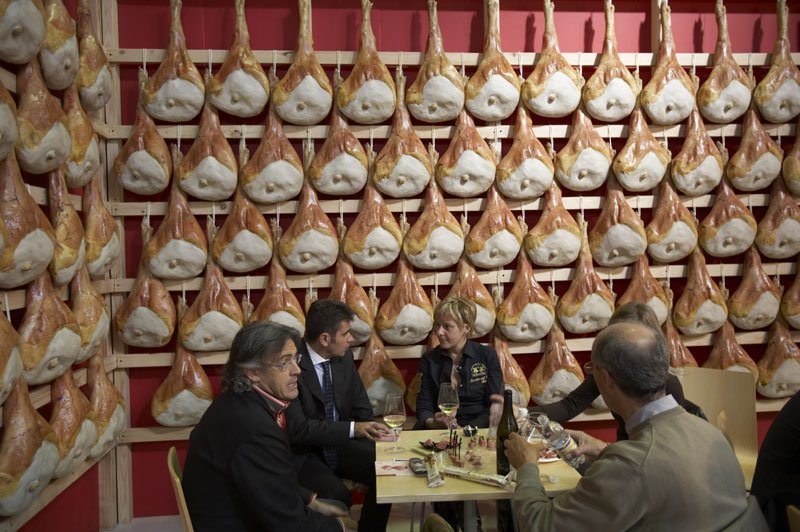
But not all food in Turin is traditional.
Chef Piercarlo Bussetti at Locanda Mongreno offers a menu of eight small courses with both traditional and trailblazing dishes presented side by side.
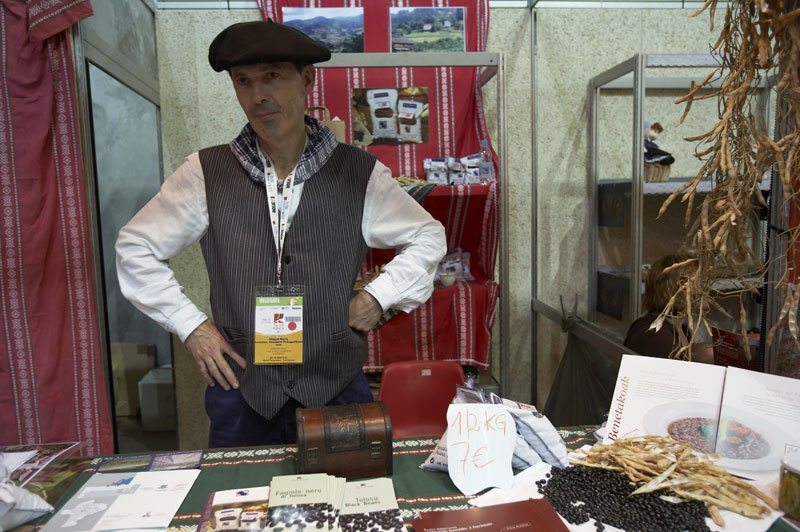
For example, the traditional version of Lingua in salsa rossa (boiled veal tongue with spicy tomato sauce) is served as a slice of tongue with a topping of sauce while the new-wave interpretation is a meatball of veal tongue with a sauce-covered spoon.
Alba White Truffle Festival
75 kilometres south from Turin, my driver brings me to Alba, where the 78th Fiera Internazionale del Tartufo Bianco d’Alba, Alba’s famous white truffle festival is in full swing.
White truffles from Piedmont are highly sought after; the going rate for a kilo is between €3,200 and €5,500.
As I stroll through Alba’s narrow streets, the earthy scent of truffles wafts through the air.
People gather around truffle stalls to look at this year’s harvests.
At the indoor truffle market, buyers hunt through stalls touching and sniffing for that perfect truffle to add flavour to cooking.
But there’s more to Alba than truffles.
Tucked away in a picturesque alleyway is Golosi di Salute Patisserie, where pastry chef Luca Montersino creates mouth-watering yet healthy sweets.
Here, I stuff myself with diabetic, gluten-free handmade pastries and cakes.
Most are made with organic ingredients; soy and rice milk instead of whipped cream, extra virgin olive oil in place of butter, malt instead of sugar.
While in Italy, you may want to find out about Lake Como, seaside towns of the Italian Riviera, towns in Puglia and things to do in Florence.
Langhe region
From Alba, I cruise around the Langhe region through picture-postcard scenery stopping to stroll around the charming cobblestone streets of Neive.
I stop for a large helping of tajarin at Osteria dell’Unione, a quaint country osteria in Treiso.
Although Treiso is a small town of only a few hundred residents, it attracts diners from all over the region with several top eateries including a Michelin-star restaurant, La Ciau del Tornavento, perched on a vine-covered hill.
It’s a delicious food safari in Italy.
The Langhe region is the place to savour white truffle dishes, gaze at peaceful vineyards while sipping on the area’s two wonderful red wines, Barolo and Barbaresco.
The Piedmont region is not that far from Switzerland where my favourite Swiss experience is the Jungfrau, where a Jungfrau pass will get you to the top of Europe.
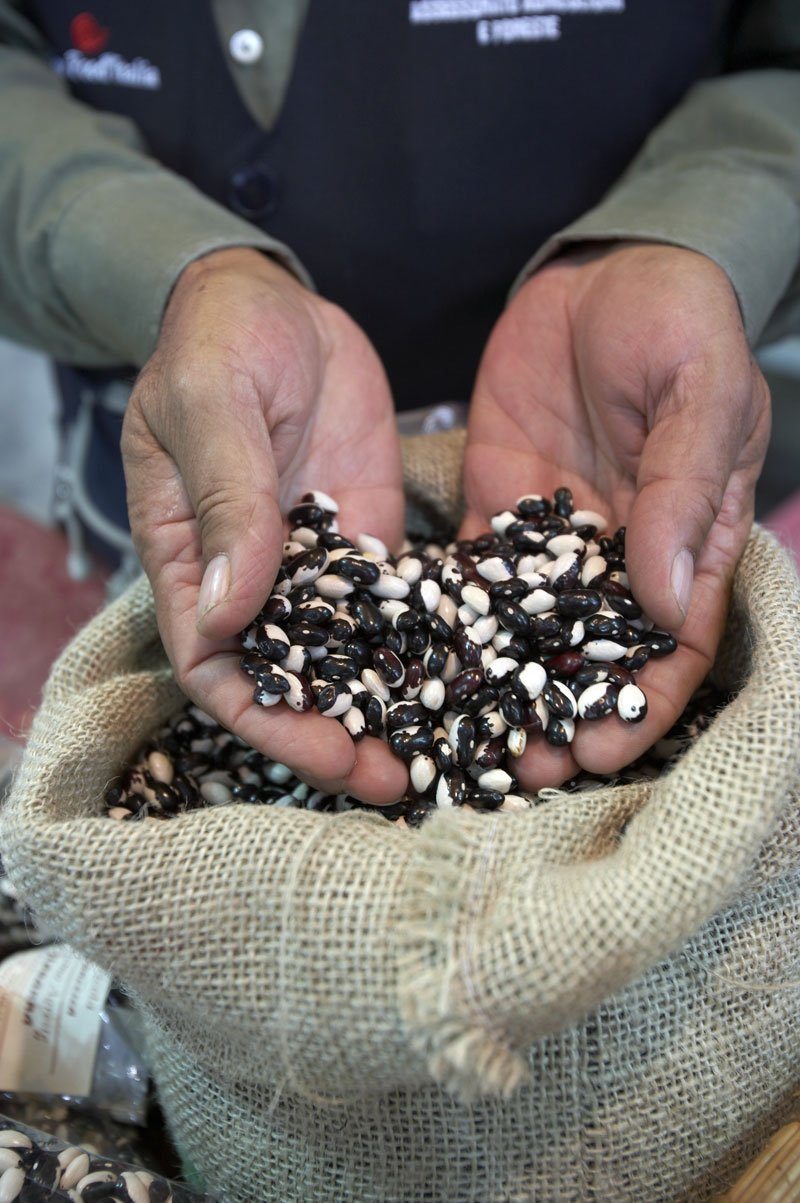
Plan Your Trip
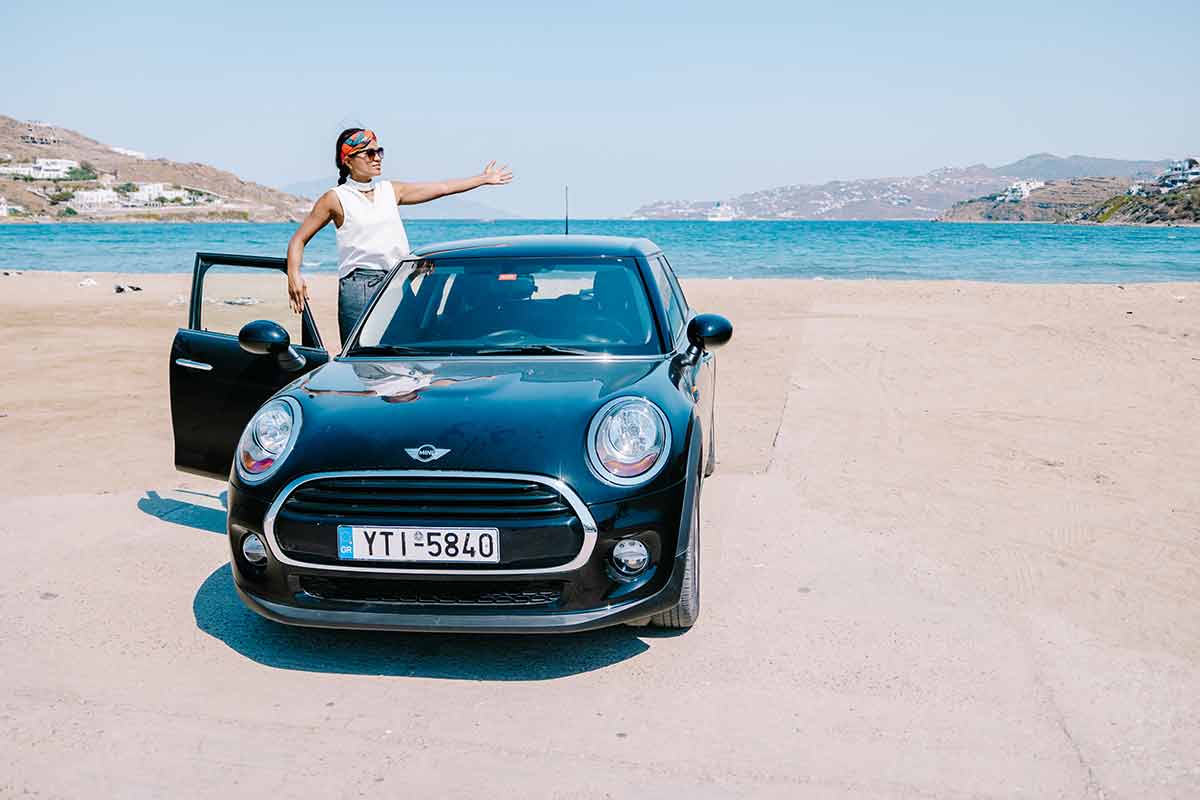
Rent A Car – Find the best car rental rates at Discover Cars. They compare car hire companies to provide you with the best deal right now.

Find A Hotel – If you’re curious about this article and are looking for somewhere to stay, take a look at these amazing hotels.
